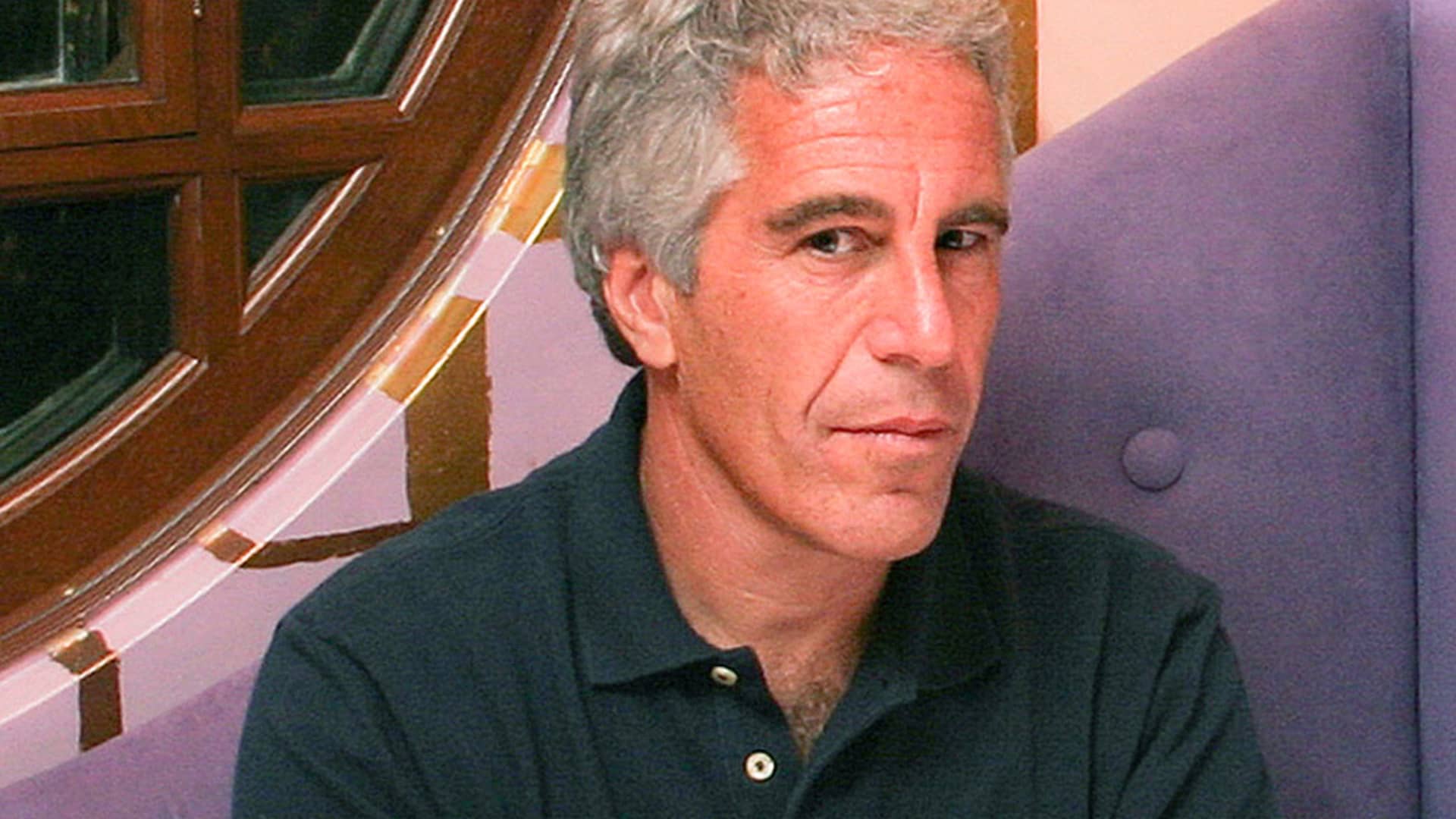
Defense stocks moved higher again on Monday as investors reacted to the continued escalation of the conflict in the Middle East, which brings with it the potential for long-term changes in military spending. Bernstein analyst Douglas Harned said in a note to clients that this could prove to be an inflection point for the defense sector but it is still too soon to tell. “Events such as this have historically led to significant changes in defense spending and for the trajectory of defense stocks. But, the ultimate paths for the geopolitical environment and scale of military threats determine the outcome,” Harned said. The behavior of the largest exchange-traded fund tracking the sector could be a sign that investors are not fully betting on a widespread, long-term conflict. Overall, the iShares U.S. Aerospace and Defense ETF (ITA) has gained almost 17% since the start of May, with just nine down days compared to 27 up days, and is well ahead of the broader market year to date. However, the fund is also little changed since its previous record closing high on June 9. ITA 3M mountain This major defense sector ETF has not made a new high in two weeks. Other major funds such as the Invesco Aerospace & Defense ETF (PPA) and the SPDR S & P Aerospace Defense ETF (XAR) show similar patterns. Harned suggested that the idea of a weakened Iran could be behind some of the recent stalling of the rally in defense stocks, but said there is risk that the perceived danger in the region increases again. “We could see ongoing US involvement (despite administration statements to the contrary) or aggressive efforts to fill the vacuum by Russia or China. These outcomes could lead to prolonged instability and rising global defense spending – in other words, the extended escalation scenario above. Much is left to play out here,” Harned wrote. The Bernstein note was published before Iran retaliated with a strike on a U.S. military base in Qatar. Another factor to keep in mind is that it is not just spending by the U.S. military that can boost this sector. Jefferies analyst Sheila Kahyaoglu pointed out in a note to clients that there could be a reminder of that at this week’s NATO summit. “NATO is expected to commit to 3.5% of GDP on defense at the upcoming summit from 2% today, which represents $150BB+/yr of incremental procurement, of which historically has been 2/3rds to US products,” the Jefferies note said. Trying to sort through the daily headlines of this conflict could make less investment sense than pulling back to see that defense stocks have been long-term winners. “Over the two and a half-year period from the start of 2023 through June 20, 2025 the three aerospace and defense ETFs showed greater cumulative price appreciation compared to a fund that replicates the S & P 500. The aerospace and defense stocks also outperformed the S & P 500 fund over 1-, 3-, 5 and 10-year periods,” Oppenheimer chief investment strategist John Stoltzfus said in a note to clients. — CNBC’s Michael Bloom contributed reporting.






